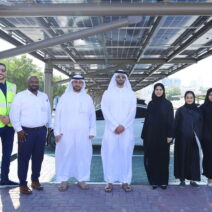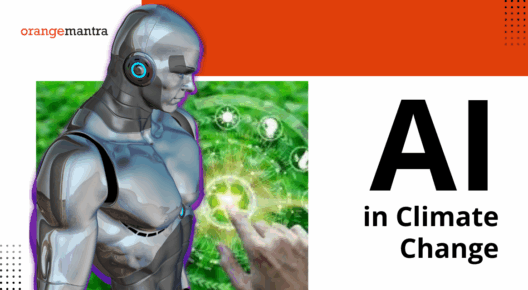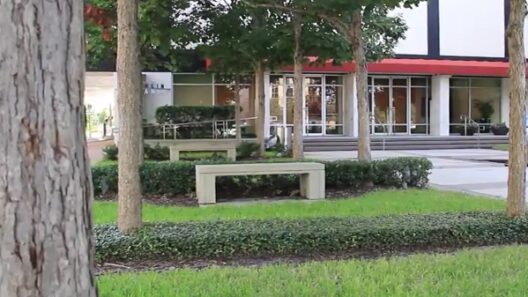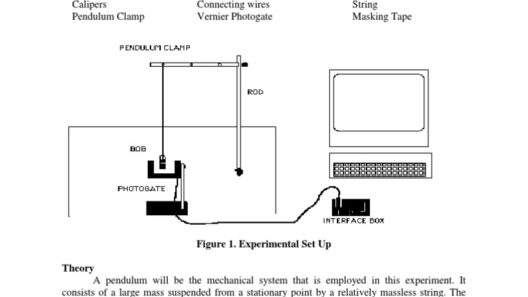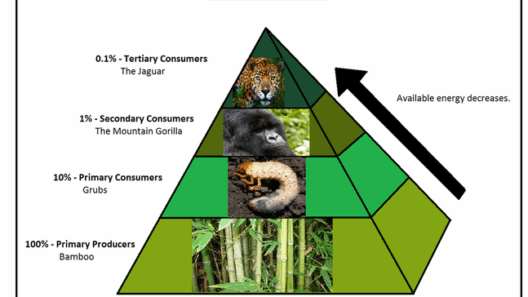Public transportation is often overlooked in discussions about sustainable living, yet it represents a quintessential solution to the vexing challenges of climate change and energy conservation. Cities around the globe are grappling with escalating energy costs, rising greenhouse gas emissions, and crippling traffic congestion. In this context, utilizing public transportation emerges as a potent mechanism to alleviate these pressing issues in multifaceted ways.
To begin with, when large numbers of people use public transit systems instead of individual vehicles, a significant reduction in energy consumption is realized. Transit systems, including buses, trains, and subways, are designed to move numerous passengers simultaneously. The efficiency of this model is striking; public transport can typically move passengers at a fraction of the energy cost required when they drive alone. In fact, a well-utilized bus can take dozens of cars off the road, translating into substantial energy savings across urban environments.
Moreover, the environmental benefits of public transportation cannot be overstated. Transportation is a leading contributor to global carbon emissions. According to various studies, transitioning a significant portion of the population from personal vehicles to public transit can lead to a dramatic decrease in the total emissions generated by the transportation sector. When we utilize public transport systems, we simultaneously reduce our carbon footprint, decrease air pollution, and advocate for cleaner air in our communities, thereby cultivating healthier living environments.
In addition to reducing emissions, public transportation infrastructures encourage the development of greener technology. Many cities are making concerted efforts to modernize their transit options with eco-friendly solutions, such as electric buses and light rail systems powered by renewable energy. By investing in these cleaner technologies, cities not only enhance the efficiency of their public transit systems but also forge pathways toward a more sustainable urban existence. The integrative vision for the future hinges on these advancements, showcasing a dual commitment to sustainable energy practices and the reduction of harmful emissions.
Interestingly, public transportation also has the ancillary effect of promoting social equity. Accessibility to reliable transit options enables individuals from lower socioeconomic backgrounds to access education, employment, and healthcare opportunities. When communities are connected through public transit, they are bolstered by collective vigor, fostering economic growth whilst simultaneously lowering energy expenditure. Thus, the case for public transportation is not merely an environmental one; it is intricately linked to social justice and economic vibrancy as well.
Beyond the immediate benefits, public transit encourages a paradigm shift—a reorientation of how we conceptualize mobility and urban living. This shift is essential, as our traditional reliance on automobiles is fraught with inefficiencies, contributing not only to energy waste but also to perpetual urban sprawl. By embracing public transport, we can precipitate a renewed appreciation for compact, walkable communities rich in social interaction and favorable for local economies. Such environments inherently reduce reliance on energy-intensive transportation modes.
A key driving force behind successful public transportation systems is community involvement. Enhancing public transport requires the input and support of local citizens. This grassroots approach may manifest in advocacy for more routes, later service hours, or improved connectivity to underserved regions. When communities engage actively, they instigate systemic changes that elevate the importance of public transport in town planning, infrastructure investment, and energy conservation initiatives. Building a culture of public transportation advocates will cement these systems’ roles as essential components of sustainable urban living.
Nevertheless, the adoption of public transportation is not without its obstacles. Misconceptions about safety, convenience, and overall effectiveness often deter individuals from making the switch from personal vehicles. Therefore, promoting public transit as a viable, attractive alternative necessitates comprehensive marketing efforts demonstrating its myriad benefits. Cities must also invest in the infrastructure—such as timely schedules, well-maintained vehicles, and safe, accessible stations—creating a seamless user experience that invites participation.
As communities begin to embrace public transportation, they will likely notice a profound transformation in their urban landscapes. Reduced traffic congestion not only frees up valuable time for residents but also lessens stress on road infrastructure, ultimately decreasing maintenance and associated energy costs. Further, fewer vehicles on the road can result in improved urban air quality, leading to better public health outcomes. The harmonious equilibrium of energy-saving policies and enhanced community well-being is a compelling incentive for communities to prioritize and invest in public transit.
Ultimately, the call to action is clear: embracing public transportation is a critical step in the quest for sustainable living and energy conservation. By cultivating awareness of the benefits, addressing misconceptions, and committing to improved infrastructure, we can collectively work towards a future where public transportation is not just a means of transit but a cornerstone of environmental stewardship. The decision to prioritize public transit is tantamount to a commitment to conserving energy, ensuring equitable access, and fostering an interconnected community—all pivotal elements in the global dialogue on climate change and sustainability.
In conclusion, using public transportation is not merely a personal choice; it is a collective responsibility that promises to conserve energy and preserve the planet. The time for transformation is now, as the opportunities for change are abundant. By shifting our perspective on public transit and advocating for its expansion, we pave the way toward a sustainable future for generations to come. The journey towards energy conservation and environmental stewardship begins with the choices we make today.
